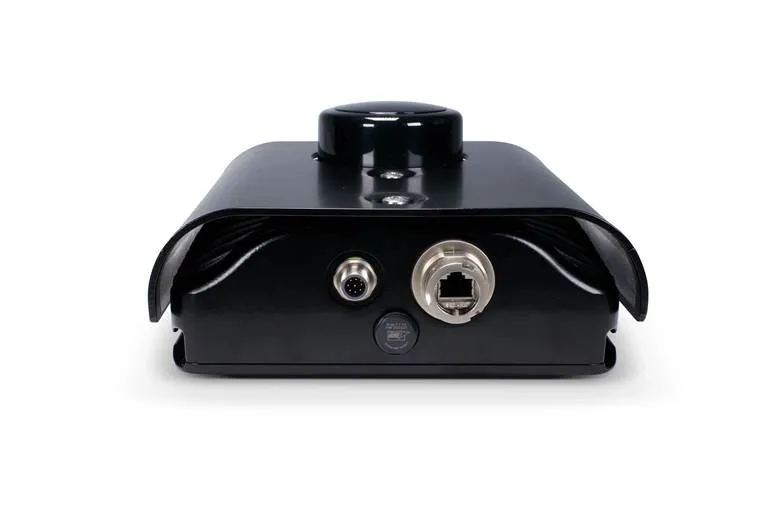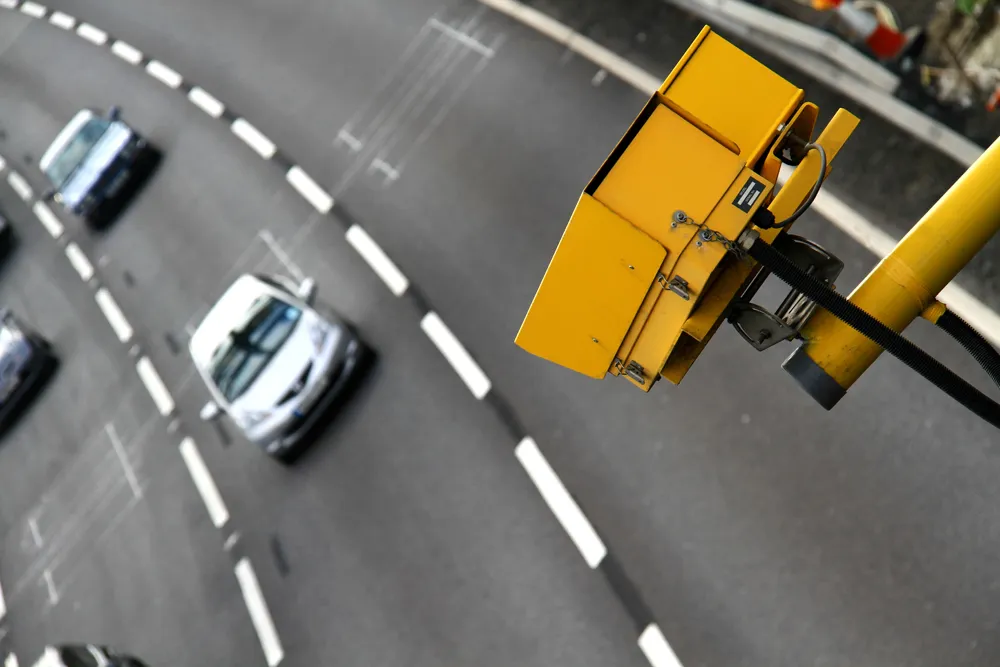Stalker Traffic Technologies’ Phodar SE-1 photo traffic enforcement radar system has been approved by Latvia to participate in any Latvian speed enforcement tender. Prior to Latvian acceptance, the SE-1 received its CE Marking and International Organisation of Legal Metrology certification. Both are required for Latvian approval which is granted through the Latvian National Metrology Centre, under the Ministry of Economics.
The SE-1 automatically monitors up to 32 vehicles moving in either direction acro
February 1, 2017
Read time: 2 mins
Stalker Traffic Technologies’ Phodar SE-1 photo traffic enforcement radar system has been approved by Latvia to participate in any Latvian speed enforcement tender.
Prior to Latvian acceptance, the SE-1 received its CE Marking and International Organisation of Legal Metrology certification. Both are required for Latvian approval which is granted through the Latvian National Metrology Centre, under the Ministry of Economics.
The SE-1 automatically monitors up to 32 vehicles moving in either direction across four lanes of traffic from any of three mounting locations. It can be deployed on the side of the roadway mounted on a utility pole, street light standard, or tripod; over the roadway on a gantry or bridge; or inside a stationary vehicle.
The SE-1 can be operated remotely via TCP/IP connection. It stores violation records internally which are available for review through its Evidence Browser mode. Violation records can be searched, reviewed and copied to any device using its USB port, Ethernet connection, or transferred via FTP to a dedicated server.
Optionally, data can be transferred via WiFi or GSM.
The unit’s IP67 rating and -30°C to +60°C operating temperature range allow deployment in nearly any weather conditions.
Prior to Latvian acceptance, the SE-1 received its CE Marking and International Organisation of Legal Metrology certification. Both are required for Latvian approval which is granted through the Latvian National Metrology Centre, under the Ministry of Economics.
The SE-1 automatically monitors up to 32 vehicles moving in either direction across four lanes of traffic from any of three mounting locations. It can be deployed on the side of the roadway mounted on a utility pole, street light standard, or tripod; over the roadway on a gantry or bridge; or inside a stationary vehicle.
The SE-1 can be operated remotely via TCP/IP connection. It stores violation records internally which are available for review through its Evidence Browser mode. Violation records can be searched, reviewed and copied to any device using its USB port, Ethernet connection, or transferred via FTP to a dedicated server.
Optionally, data can be transferred via WiFi or GSM.
The unit’s IP67 rating and -30°C to +60°C operating temperature range allow deployment in nearly any weather conditions.









